
The cost to carpet stairs depends on the number of stairs, material choice, and staircase type. Read on to calculate your project expenses
From pet claws to muddy footprints, nylon bounces back
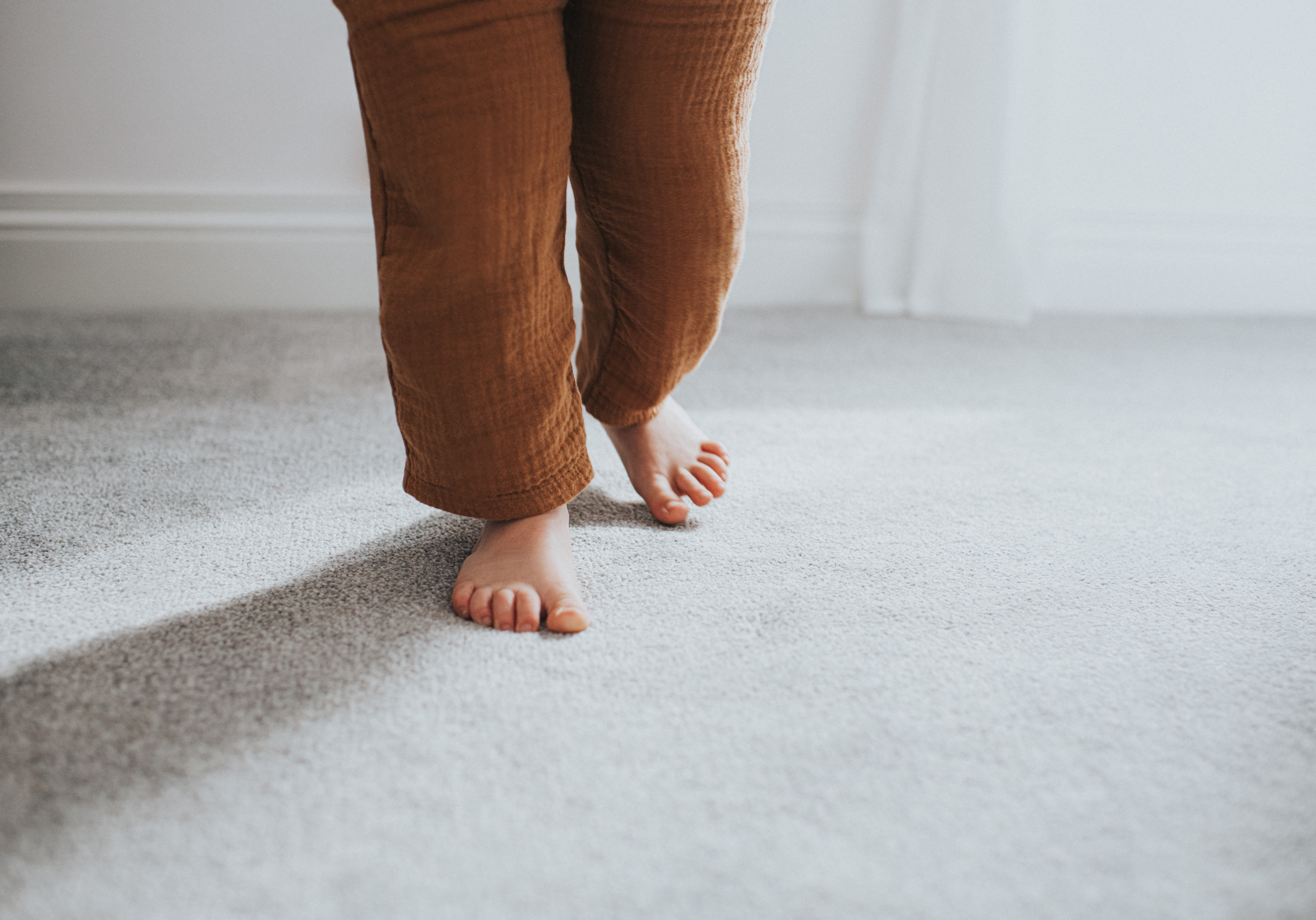

Nylon is a staple synthetic fiber used as an alternative to wool.
Advantages of nylon carpet include high durability, mold resistance, easy maintenance, and versatility.
Some downsides of nylon carpet include high costs for a synthetic fiber, moisture issues, and static electricity.
Nylon is ideal for high-traffic areas or homeowners with pets and kids.
If you want a carpet that doesn’t fold under pressure, look no further than nylon. This synthetic fiber is a powerhouse—and that’s part of the reason it’s become one of the most preferred synthetic carpet fibers on the market. For many, nylon carpets are the perfect balance of price and durability, but that doesn’t mean they’re right for every home. Weigh nylon carpet pros and cons so you can choose your flooring with confidence.
Nylon carpet is a type of synthetic carpet made from petroleum-based polymer nylon. These fibers were invented in the 1930s and are known for their durability and resilience. Initially, the material was used to make women’s stockings, but its uses quickly expanded to other goods like toothbrushes, piping, clothing fabric, and carpet.
Your carpet pro can recommend whether this type of carpet fiber is the right choice for your living room, hallway, or bedrooms.
| Pros of Nylon Carpet | Cons of Nylon Carpet |
|---|---|
| High durability | Higher cost |
| Hypoallergenic | Static electricity |
| Low-maintenance | Susceptible to moisture issues |
| Versatility | Prone to shedding |
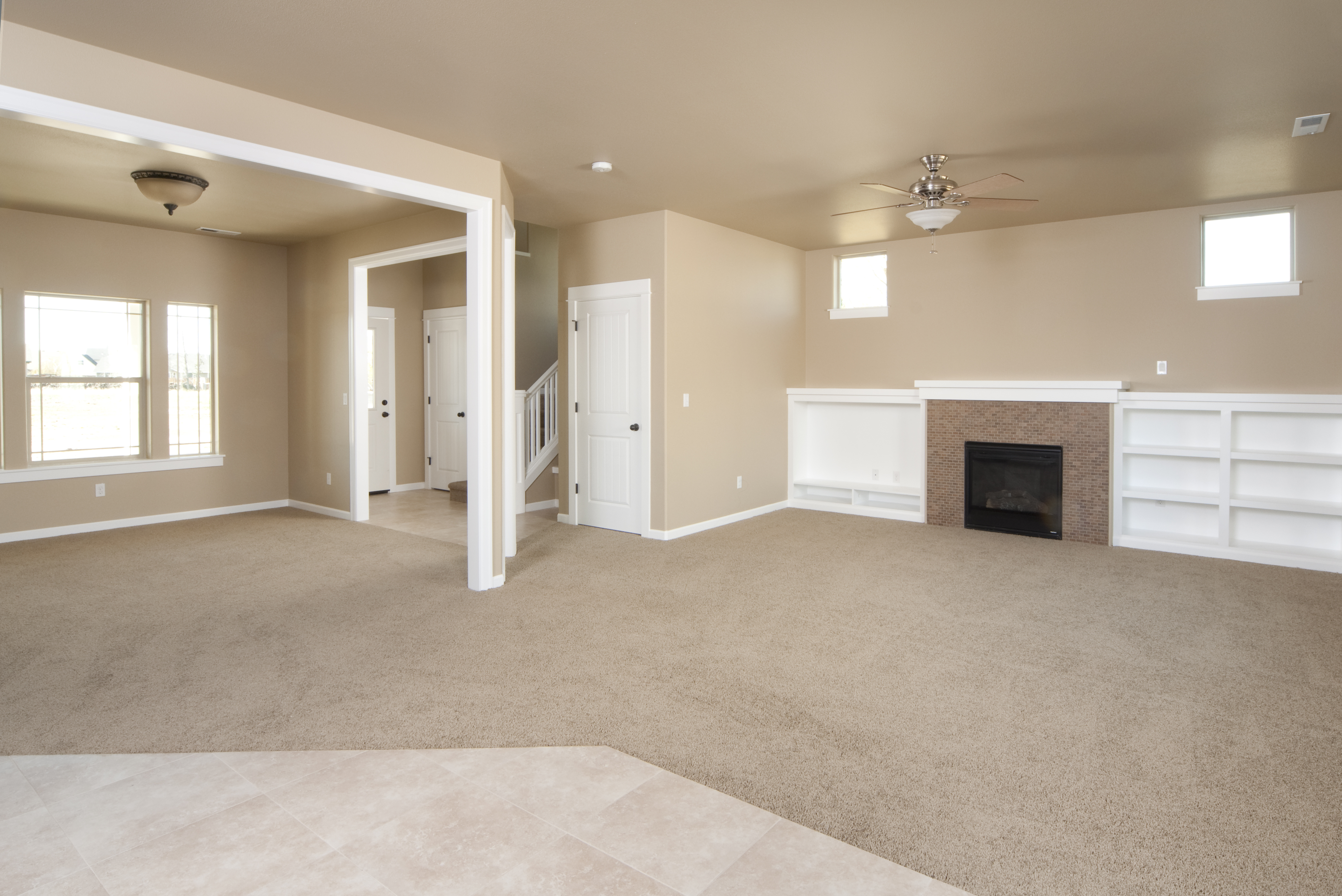
Nylon carpets' benefits include high durability, mold and mildew resistance, ease of maintenance, natural stain resistance, and supreme versatility. Here are the pros in more detail.
Nylon is an impressively durable synthetic carpet fiber, making it an ideal carpet for high-traffic areas—like stairs, hallways, and living rooms—because it resists wear like matting. Additionally, it’s naturally stain resistant (though you’ll still need to clean up spills ASAP), and some nylon carpets are treated with a stain-resistant coating for more protection.
Nylon is often considered hypoallergenic. Part of this has to do with its superior moisture resistance when compared to other types of carpeting, like wool. Though it’s not fully waterproof, it’s less likely to harbor mold and mildew when in contact with humidity.
If you’re looking for flooring that won’t aggravate allergies from dust, pet dander, and mold, choose a low-pile carpet over a high-pile carpet. Low-pile carpets hold onto fewer allergens.
Nylon is an easy carpet to manage, especially if it’s stain-treated. You’ll only have to regularly vacuum your carpet and act fast to clean the odd spill before it stains. This makes this carpet an excellent choice for homes with children, dining rooms, or hallways where spills and muddy footprints happen.
Since nylon carpets are synthetic, they come in almost every color and pattern under the sun. You can find one that matches any design aesthetic—whether you’re looking for different pile heights, textures, patterns, or colors.
Nylon works in most homes, but there are some drawbacks to consider. This includes a higher cost compared to other synthetic fibers and potential moisture issues, shedding, and static electricity.
As a synthetic fiber, nylon carpet is more affordable than natural fibers like wool. Nonetheless, it’s one of the most expensive synthetic fibers. For example, nylon carpet installation costs $2 to $5 per square foot, while polyester or olefin carpet costs $1 to $3 per square foot.
Nylon carpet has been known to generate static electricity. This is especially common in drier climates. While not a major issue, it can be frustrating to get a shock to your bare feet.
Though more moisture-resistant than other synthetic options, nylon carpet is not waterproof. In areas with extreme humidity or direct contact with water, your nylon carpet can struggle to dry (especially the padding underneath), and mold can become a problem. This type of carpet is best kept out of bathrooms, mudrooms, or basements with moisture issues.
Water damage can cause serious problems for flooring, such as warping, staining, and mold growth. If you suspect water damage is an issue, a flooring pro can diagnose the cause, make necessary repairs, and restore the integrity of your floor.
Though nylon carpets are less prone to shedding compared to natural fibers like wool, you still may experience shedding while your carpet is new. It’s nothing a little vacuuming can’t handle.
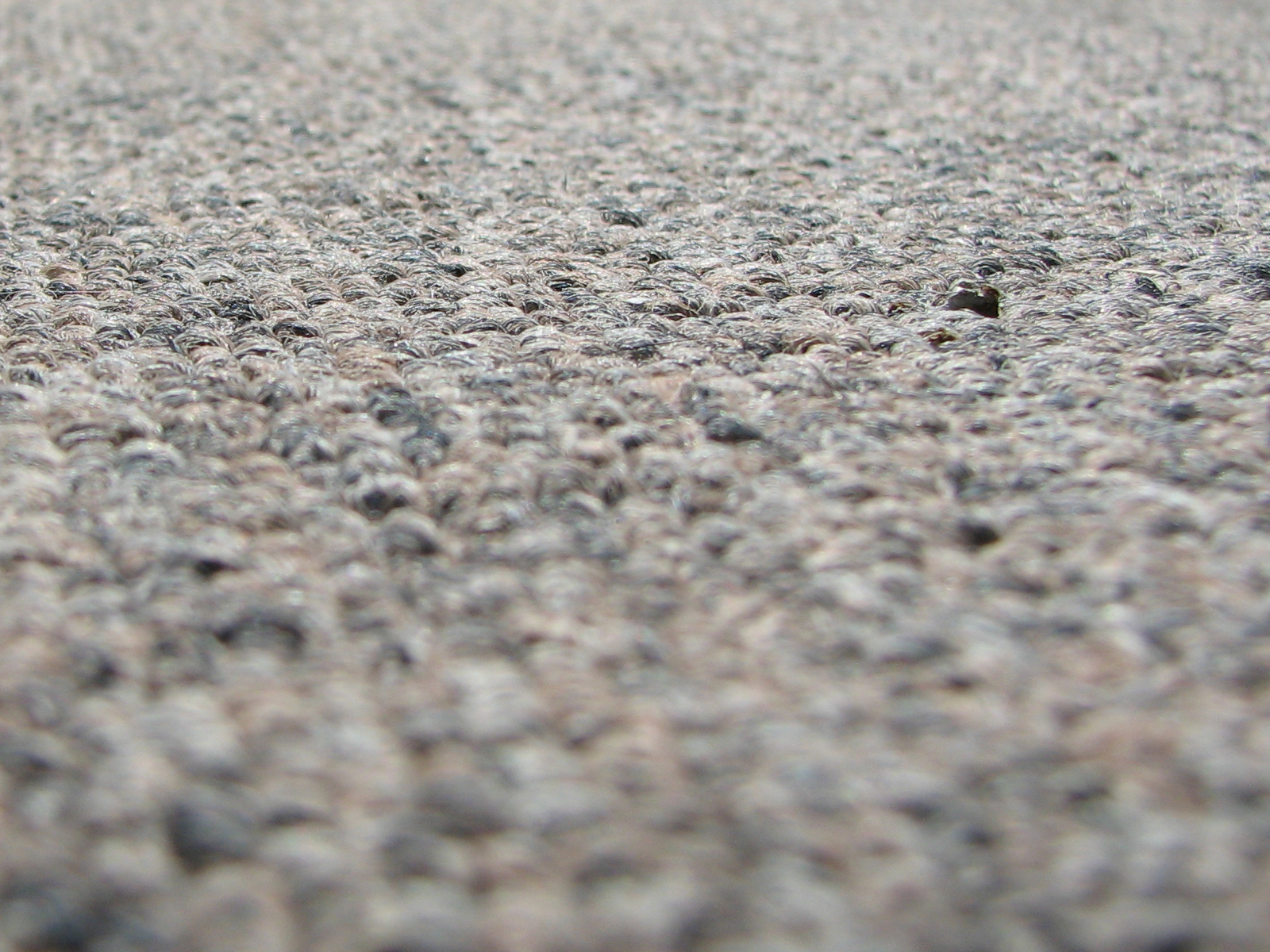
When choosing a carpet for your home, you may feel stuck between nylon and wool. One is the most popular synthetic fiber, and the other is the most popular natural fiber. That said, there are times when wool won’t cut it, and nylon isn’t the best option. The best alternatives are:
Polyester: Polyester is similar to nylon, but it’s more affordable. You’ll sacrifice a little durability, but you’ll get greater stain resistance. It’s an ideal budget-friendly option for areas prone to spills and stains.
Olefin: Olefin (also known as polypropylene) is another type of synthetic carpet fiber. It’s not as durable as nylon, but it has superior moisture resistance. This type of carpet is ideal in areas with exceedingly high humidity or direct contact with water.
Nylon is an all-around good choice that will work in almost every home. It’s favored among families with pets and kids because of its durability, resilience, and stain-resistance. A high-pile nylon carpet is soft under the foot, so it feels good in cozy areas like a bedroom. A low-pile option is good for high-traffic areas or for homeowners who suffer from allergies.
Despite nylon's advantages, some homeowners will always prefer a natural fiber if they have the budget. Wool is considered higher-end, but there are wool-blend carpets mixed with nylon fibers. Overall, wool is a luxury fiber boasting high durability, an incredibly long lifespan, and superior fire resistance, making it commonplace in crowded public places like casinos or hotels.
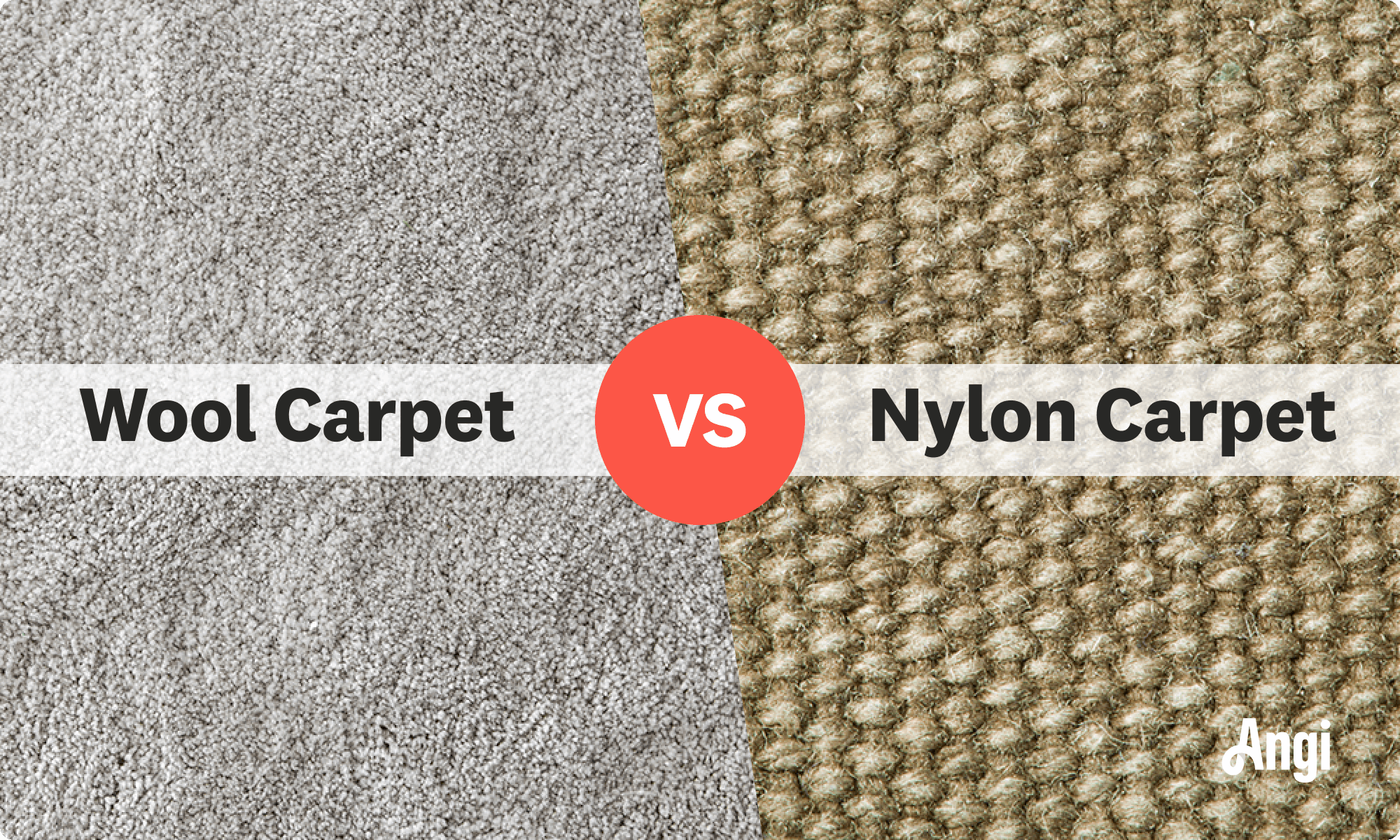
Outside of natural fibers, where budget is a concern, homeowners may opt for polyester. Where moisture is a concern, olefin may be the better choice. A local carpet installation pro can help you price out different options and decide which best suits your home.
From average costs to expert advice, get all the answers you need to get your job done.

The cost to carpet stairs depends on the number of stairs, material choice, and staircase type. Read on to calculate your project expenses

Not only are carpet tiles easier to install than carpet, but they’re often more affordable. So, how much does carpet tile installation cost? Let’s take a look.
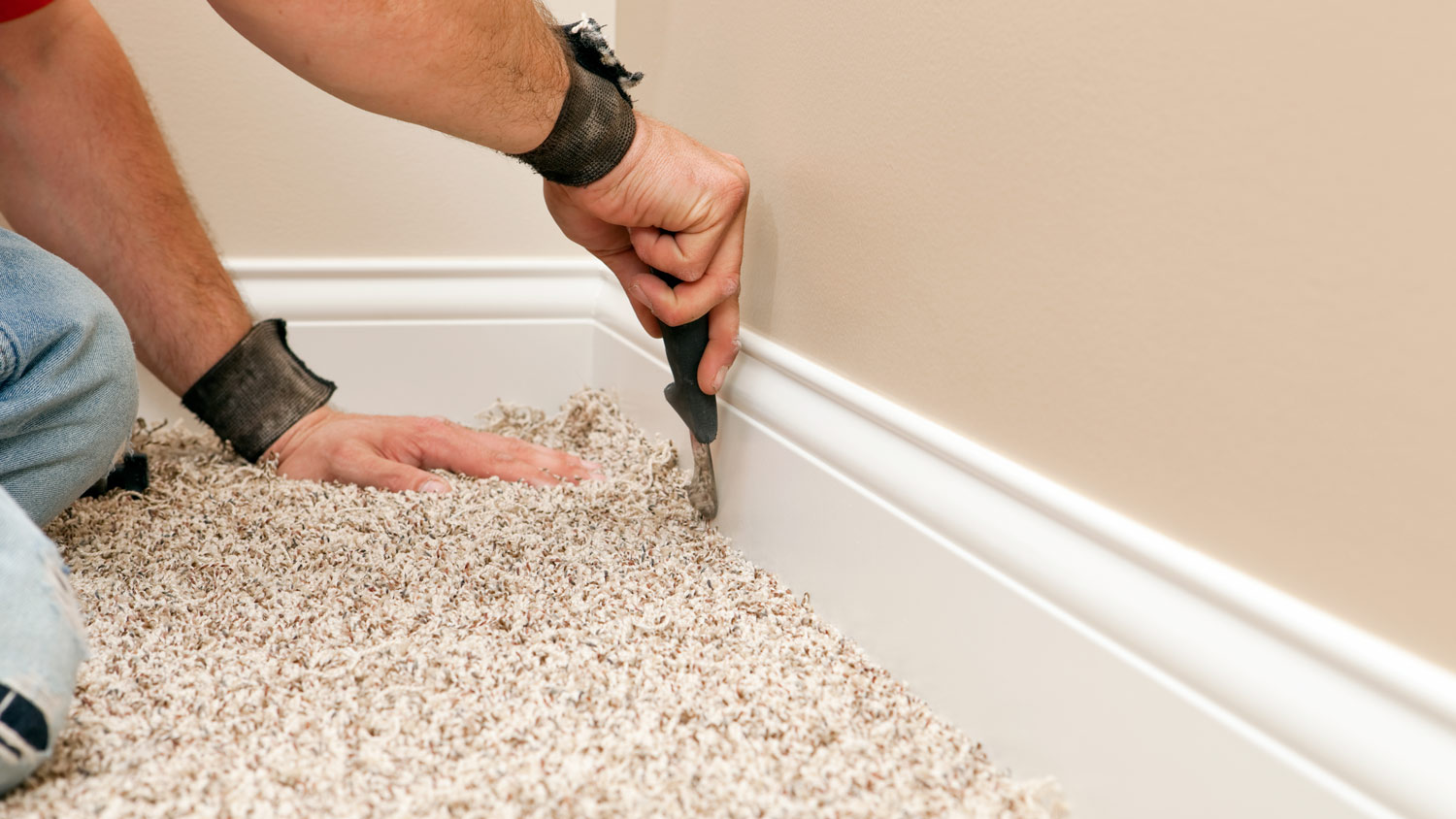
Get a clear estimate for carpet repair cost. Learn what impacts pricing, compare repair types, and find ways to save on your next carpet project.

When you’re replacing carpet, a loop style may seem like a smart, stylish option. To help you decide, consider these loop carpet pros and cons.
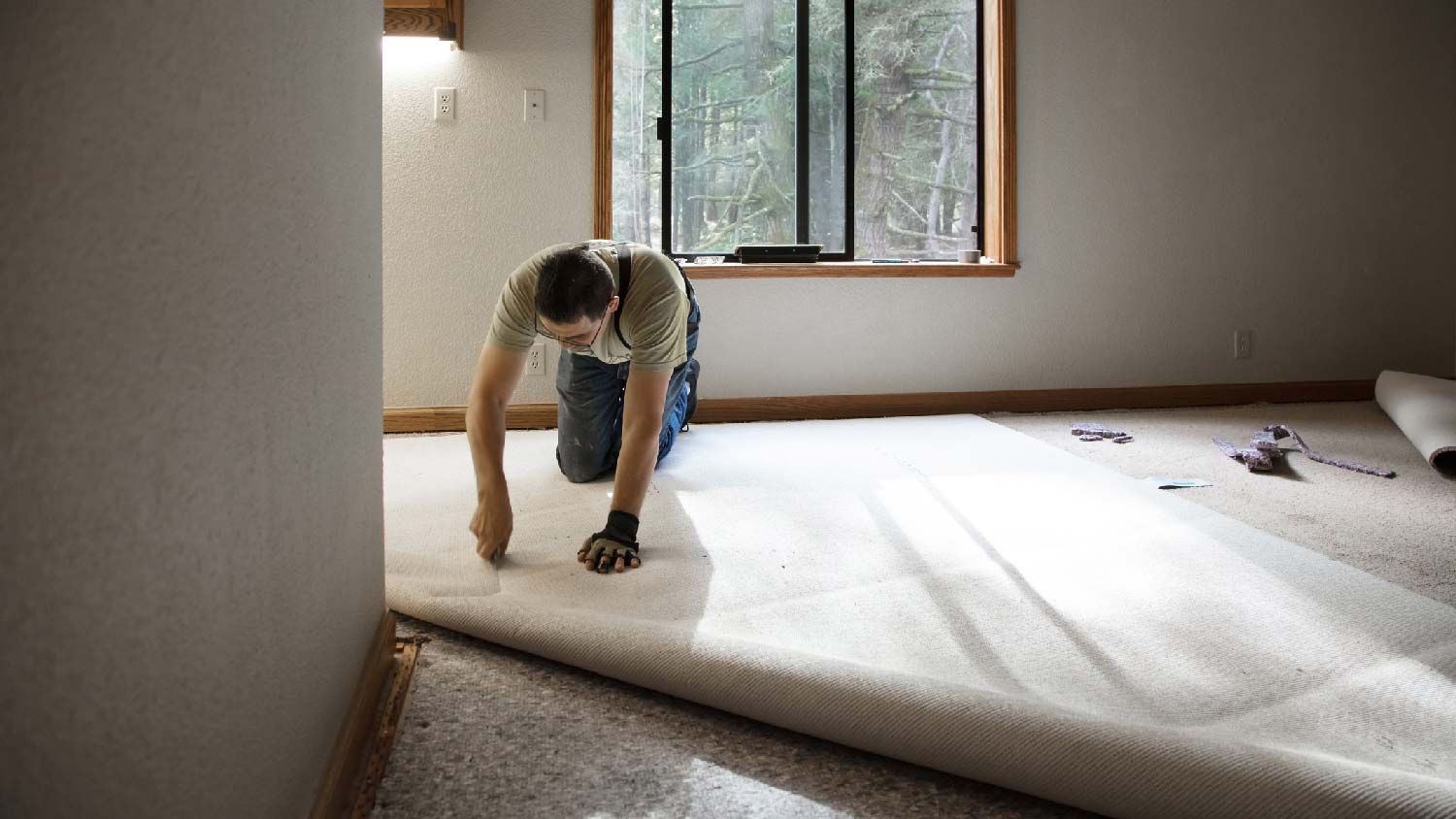
Carpet padding helps the carpet last longer and makes it more comfortable, among other benefits. If you’re wondering whether you need carpet padding, we have answers.

Frieze carpet is a trendy option, but is it right for your home? Consider these pros and cons of frieze carpet to help you decide.